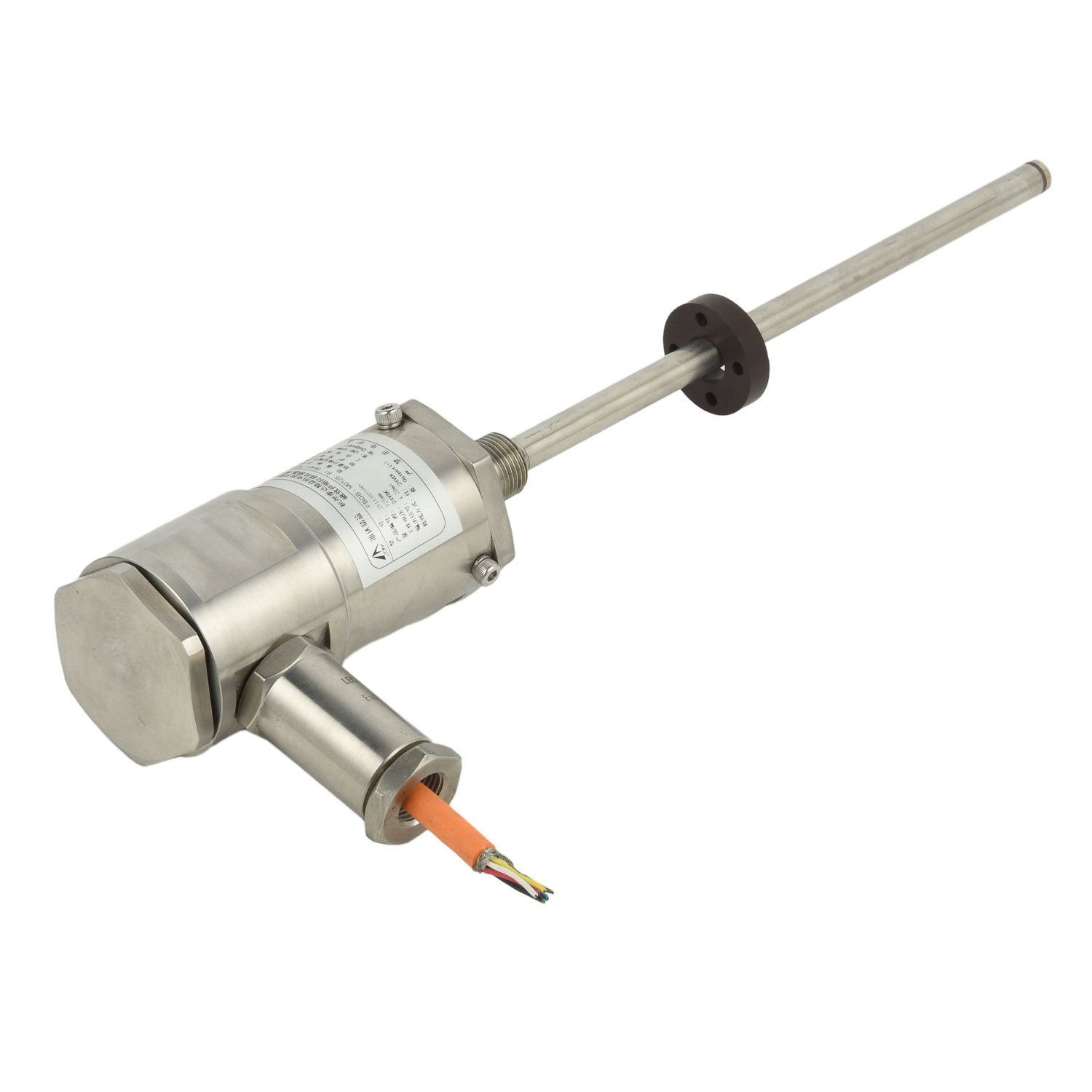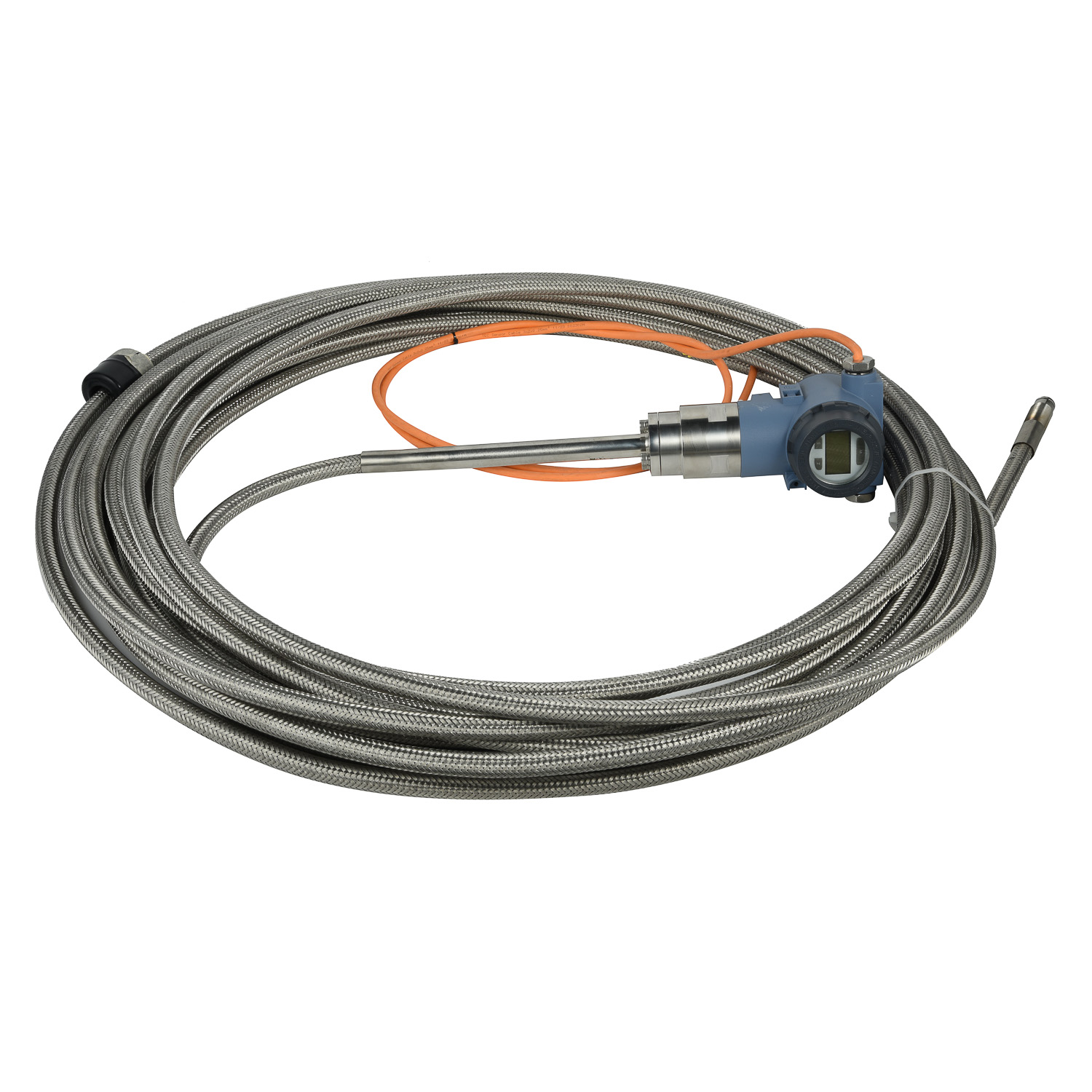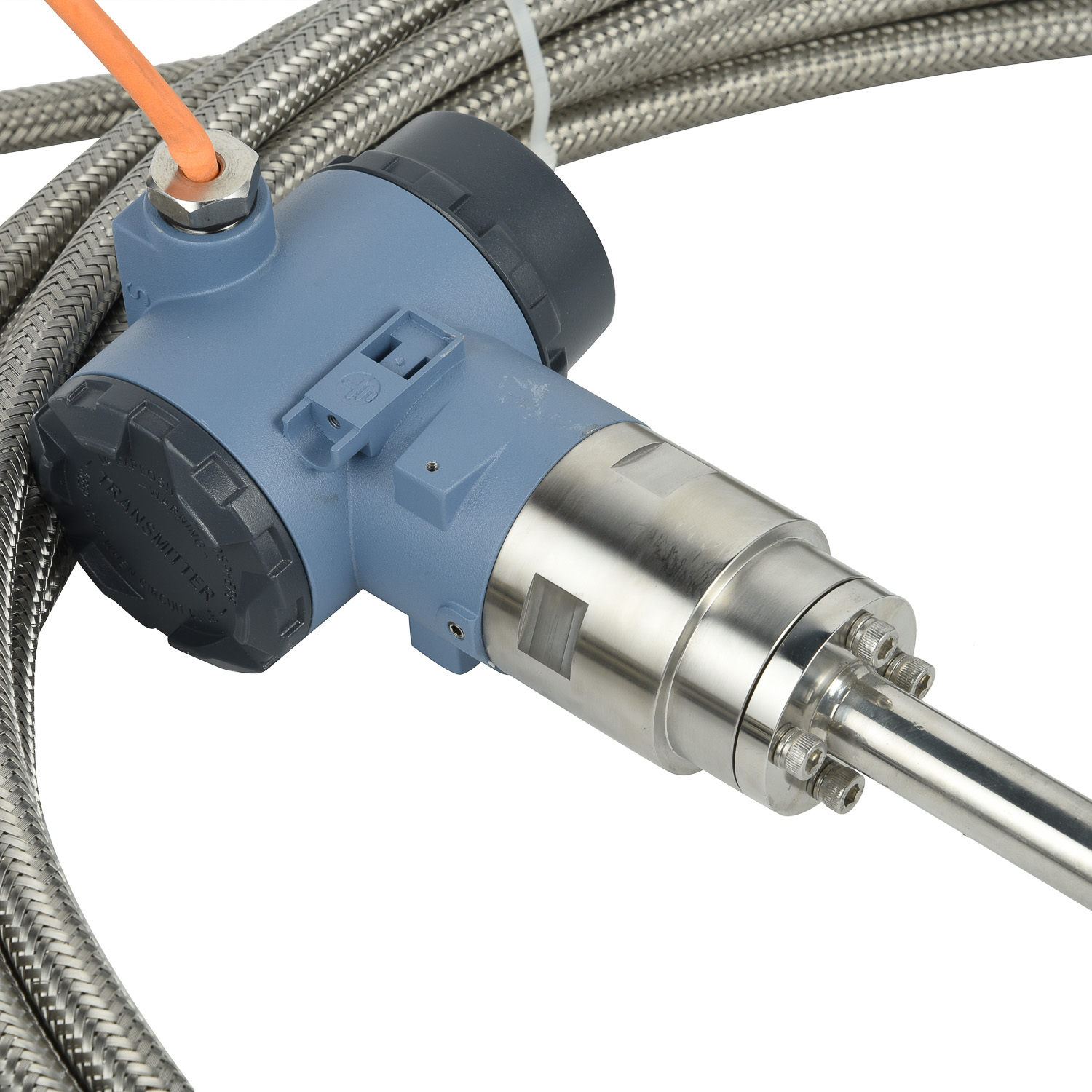Installation Tips for Magnetostrictive Displacement Sensors
Installation Tips for Magnetostrictive Displacement Sensors
Installing magnetostrictive displacement sensors requires precision and attention to detail. This guide provides essential tips to ensure successful and accurate installation.
1. Choosing the Right Location
The location of installation is crucial. It should be in an area that minimizes external interferences, such as magnetic fields or vibrations. Additionally, the sensor should be mounted in a way that allows for easy access for maintenance and calibration.
2. Non-Magnetic Materials
The mounting surface must be made of non-magnetic materials. The residual magnetization caused by any drilling or cutting should be kept below the recommended threshold to avoid interference with the sensor's operation.
3. Proper Alignment
Alignment is key for accurate measurements. The sensor should be aligned parallel to the moving object whose displacement is being measured. Misalignment can lead to incorrect readings and reduce the sensor's lifespan.
4. Secure Mounting
The sensor should be securely mounted to prevent any movement or vibrations that could affect its performance. Using appropriate brackets or fixtures can ensure stability and long-term reliability.
5. Cable Management
Proper cable management is essential to reduce interference and ensure smooth signal transmission. Cables should be routed in a way that avoids sharp bends or excessive tension, which can damage the wires and affect the sensor's performance.
6. Calibration and Testing
After installation, it is crucial to calibrate the sensor according to the manufacturer's instructions. This ensures that the readings are accurate and reliable. Regular testing and maintenance are also recommended to ensure continued performance.
In conclusion, following these installation tips can help ensure successful and accurate operation of magnetostrictive displacement sensors. By choosing the right location, using non-magnetic materials, proper alignment, secure mounting, cable management, and calibration, you can maximize the performance and lifespan of your sensors.
 UpgradingYourLevelMeasurementS
UpgradingYourLevelMeasurementS
 Why are magnetostrictive level
Why are magnetostrictive level
 ComparingMagnetostrictiveandRa
ComparingMagnetostrictiveandRa
 MagnetostrictiveLevelSensorfor
MagnetostrictiveLevelSensorfor
